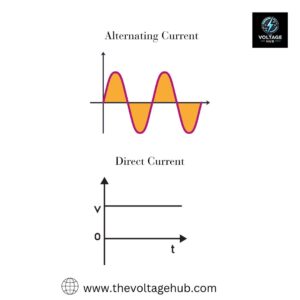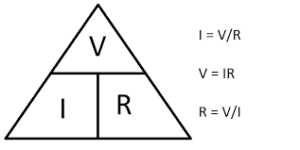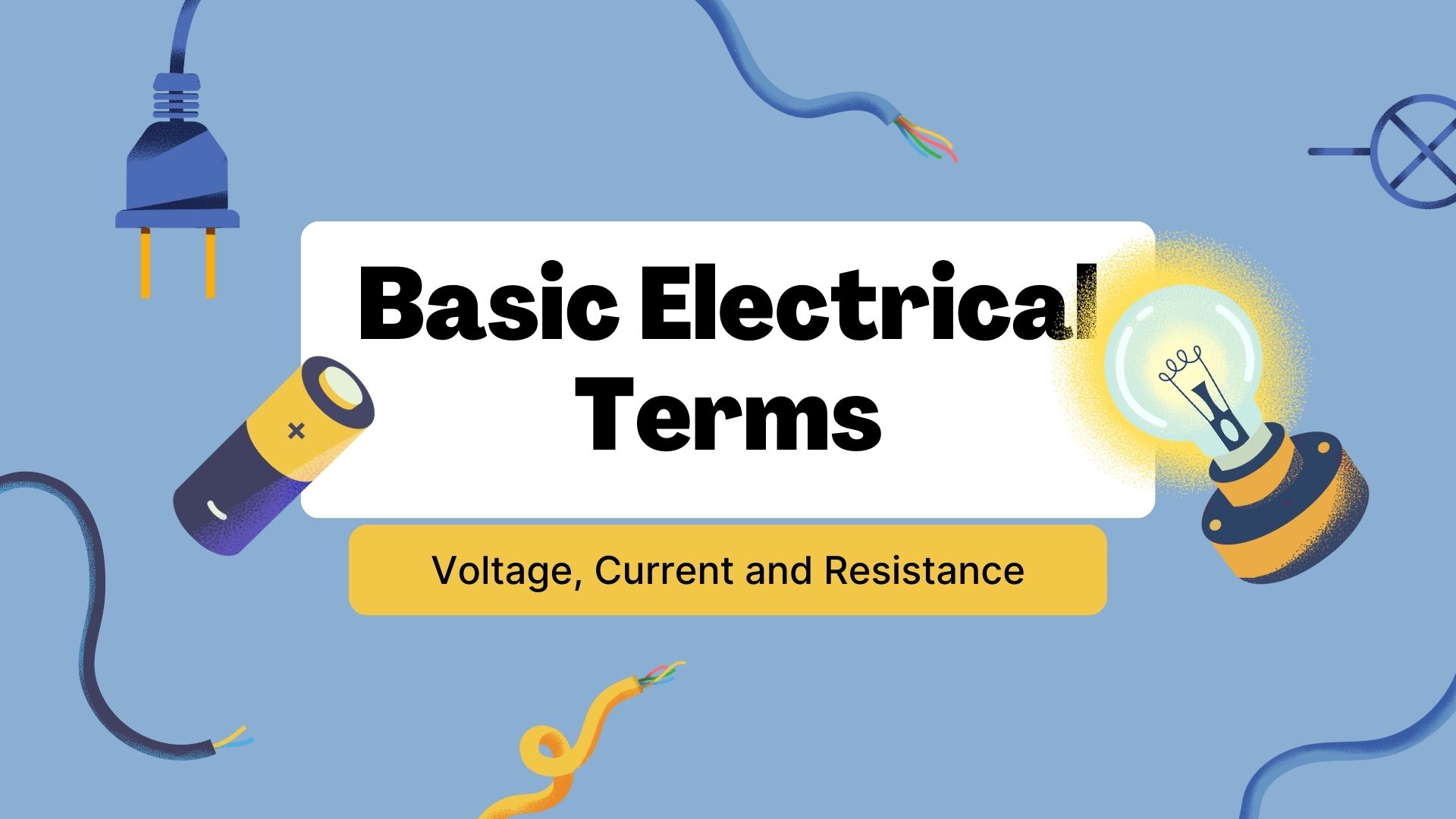Table Of Content
Electricity powers our modern world, from lighting homes to running complex machinery. Understanding its basic concepts is crucial for both enthusiasts and professionals. This article dives deep into key electrical terms—voltage, current, and resistance—and explores the units used to measure these quantities.
Key Terms: Voltage, Current, and Resistance
1. Voltage (V)
Voltage, also called electric potential difference, is the driving force that pushes electric charges through a conductor. It represents the potential energy available to move charges within a circuit. Without sufficient voltage, no current flows.
Definition of Voltage :
Voltage is the energy per unit charge, measured in volts (V). It quantifies the work needed to move a charge between two points in a circuit.
How Voltage Works :
Voltage acts like pressure in a water system. Imagine water flowing through a pipe: the higher the water pressure, the stronger the flow. Similarly, voltage provides the force that pushes electrons through a circuit. It originates from sources such as batteries, generators, or solar panels.
Types of Voltage :
- Direct Voltage (DC Voltage): The voltage remains constant over time. For example, a standard 9V battery delivers a fixed voltage.
- Alternating Voltage (AC Voltage): The voltage alternates its polarity periodically. This is the type of electricity supplied by power grids.
Voltage in Action :
- In a simple circuit, connecting a 1.5V battery to a light bulb allows electrons to flow, lighting the bulb.
- Higher voltage levels, like those in power lines (e.g., 120V or 230V), can power household appliances.
Measurement of Voltage:
Voltage is measured using a voltmeter, which connects across two points in a circuit. Typical household voltage varies by region: 120V in North America and 230V in India and Europe.
Current (I)
Electric current is the flow of electric charges through a conductor. It represents the actual movement of electrons, driven by voltage. Current is measured in amperes (A), often abbreviated as amps.
Definition of Current :
Current is the rate at which electric charge flows through a point in a circuit. It reflects the number of electrons passing a given point per second.
How Current Works :
To understand current, imagine water flowing through a pipe. Voltage creates the pressure that pushes the water, while the flow rate represents the current. Similarly, in an electrical circuit, current depends on both the voltage and the resistance.
Types of Current :

- Direct Current (DC): The flow of charges is unidirectional, moving steadily in one direction. Batteries and solar cells produce DC current.
- Alternating Current (AC): The flow of charges reverses direction periodically, as seen in household power supplies.
Current in Action :
- A small LED bulb may require just a few milliamperes (mA) of current to operate.
- Larger appliances, like air conditioners, may need several amperes of current.
Current Measurement
An ammeter measures current by connecting it in series with the circuit. Precautions are necessary to ensure the circuit isn’t overloaded during measurement.
Current Safety Considerations
Even small currents can be dangerous under certain conditions. For example:
- A current of 1 mA may cause a slight tingling sensation.
- Currents above 100 mA can disrupt heart rhythms, leading to fatal outcomes.
Resistance (R)
Resistance is the opposition that a material offers to the flow of current. Measured in ohms (Ω), it depends on the material’s properties, length, cross-sectional area, and temperature.
Resistance in Action :
- Conductors, such as copper and silver, have low resistance, enabling easy current flow.
- Insulators, like rubber and plastic, have high resistance and block current flow.
Ohm’s Law
The relationship between Voltage, Current and Resistance can be given using Ohm’s law as follows.
Ohm’s Law Statement :
It states that the current flowing through a conductor is directly proportional to the voltage across it and inversely proportional to the resistance of the conductor, provided the temperature remains constant. These electrical terms are fundamental to analyzing and designing circuits.

Mathematical Representation:
![]()
Where :
- R : Resistance (in ohms)
- V : Voltage (in volts)
- I : Current (in amperes)
This relationship helps calculate resistance in circuits, facilitating effective design and troubleshooting, which are all part of understanding electrical terms—voltage, current, and resistance.
To understand what is electricity Click Here



